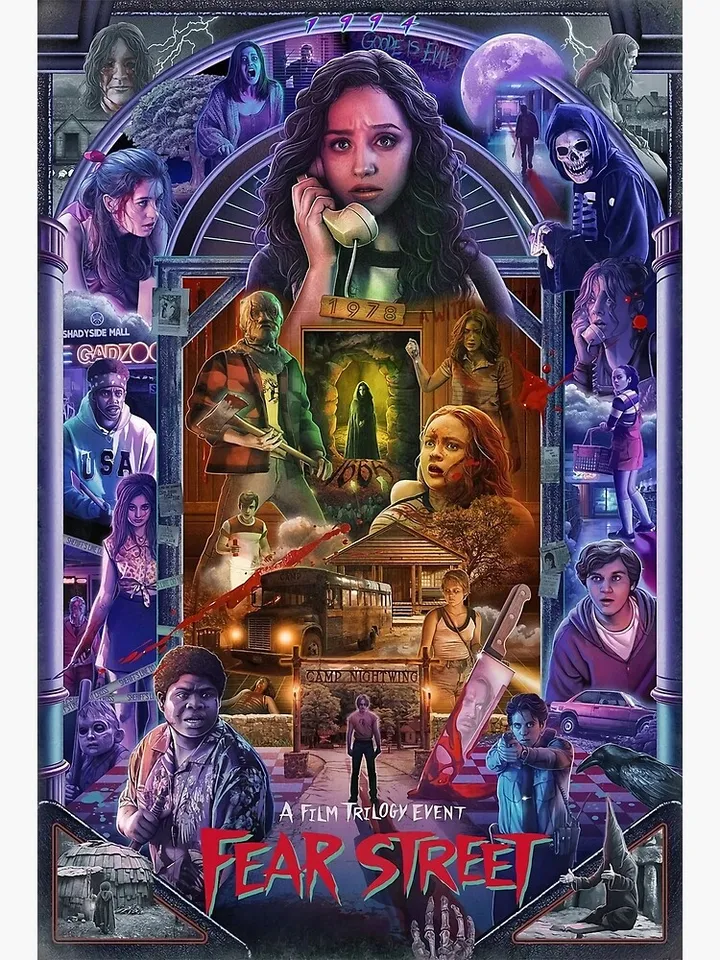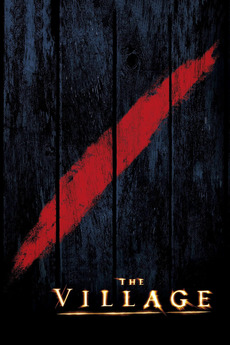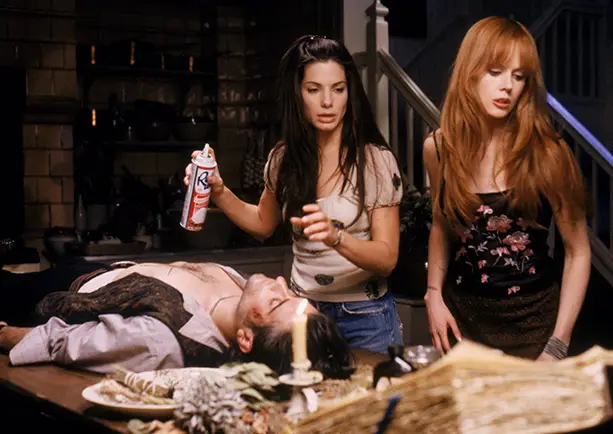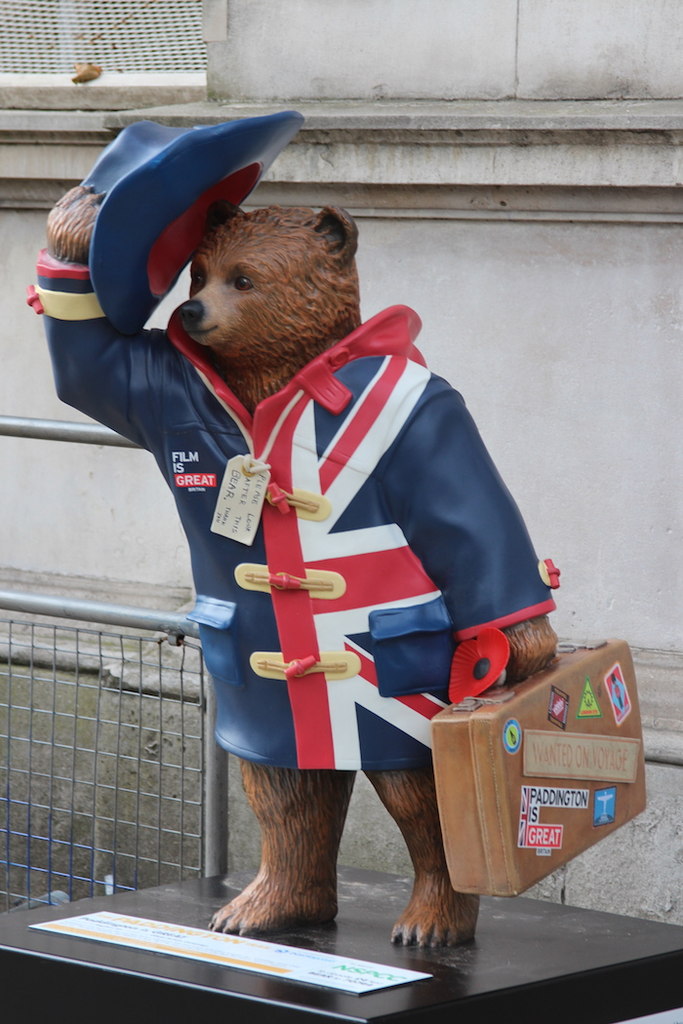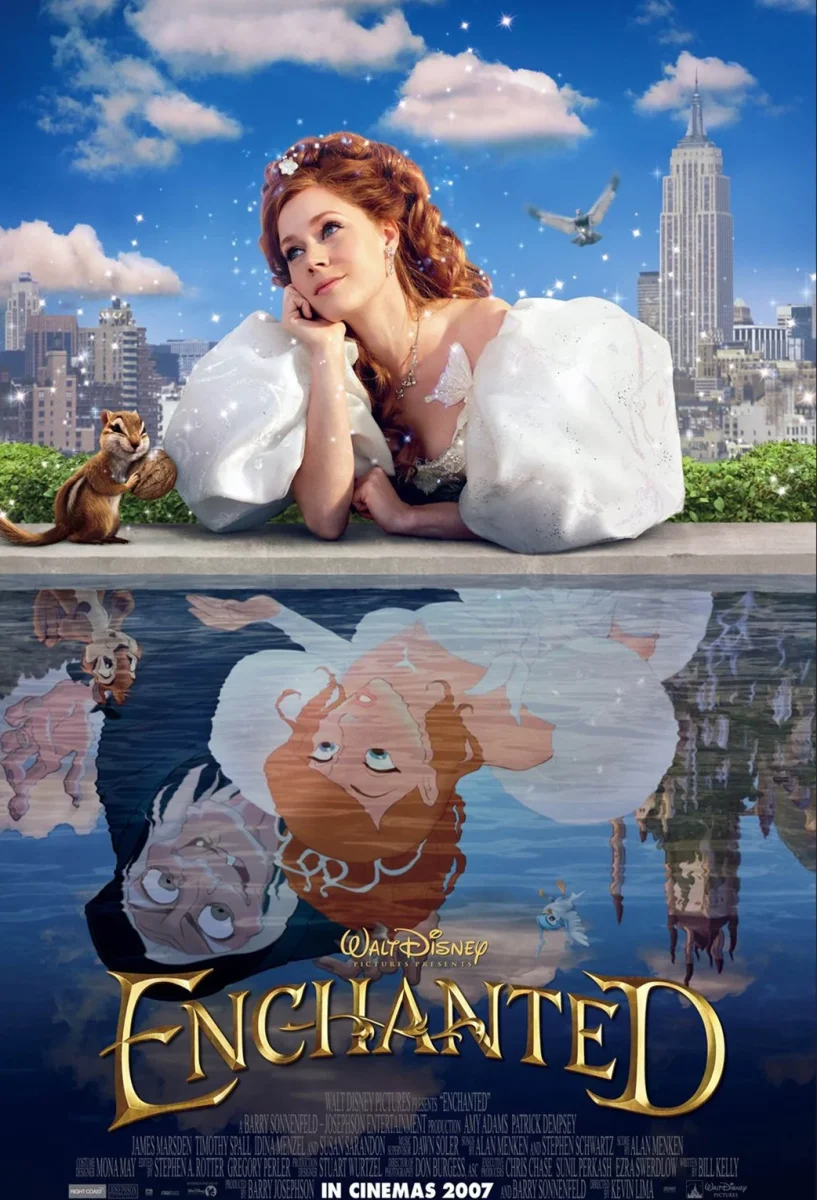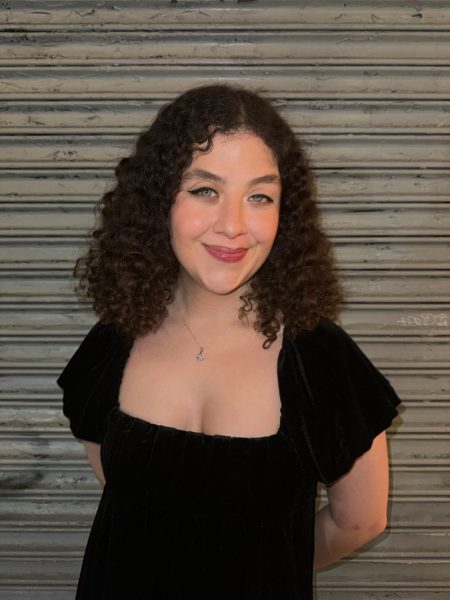Happy Spooky Season (Part 3)!
If you’re a horror fan with a soft spot for throwbacks, inventive storytelling and a dash of teen drama, the “Fear Street” trilogy is a solid entry that blends nostalgia with modern horror techniques. All three films were directed by Leigh Janiak, her first time behind the camera since her directorial debut “Honeymoon” in 2014. With a gorgeous style and engaging camerawork infused in every film, R.L. Stine’s book series truly comes to life in these films. The unexpected level of craftsmanship, from the cinematography to the performances, makes this trilogy a must-watch for anyone who loves lesbians, witches or slashers.
“Fear Street Part One: 1994” opens with a bang—literally—with a mall slasher scene setting the trilogy’s tone. Throughout the film, the neon-soaked cinematography feels like a love letter to ‘90s horror, calling back to films like “Scream” and “I Know What You Did Last Summer” while still managing to carve out its own identity. The cast of young actors delivers far more than just scared scream queens; they bring genuine emotion, particularly Kiana Madeira, whose portrayal of Deena grounds the story in an authentic and raw struggle. Madeira’s chemistry with Olivia Scott Welch, who plays Sam, gives the film its emotional core, making the stakes feel higher than your usual slasher fare.
“Fear Street Part Two: 1978” steps back into classic slasher territory with a summer camp setting that would make Jason Voorhees proud. The cinematography here takes a different turn—lush woods, dark cabins and misty lakes give this film a moodier, more atmospheric edge. Sadie Sink’s performance as Ziggy is a standout; she carries the movie with a mix of rebellion and vulnerability, drawing you into her plight. Janiak makes clever use of the setting, heightening tension with long takes and wide shots that make the camp feel both expansive and claustrophobic at the same time. The kills are more brutal in this movie but never gratuitous—each moment feels carefully crafted to build suspense.
“Fear Street Part Three: 1666” ties everything together with a satisfying twist. The shift in visual tone is immediate: earthy, desaturated colors replace the neon and blood-soaked palettes of the previous films. The cinematography here feels like a callback to period horror films like “The Witch,” with close-ups and muted lighting creating an oppressive, paranoid atmosphere. What’s brilliant about this entry is how it balances the two worlds, 1666 and 1994, making both settings feel real and tangible.
In the end, “Fear Street” is a rare breed–a horror trilogy that delivers on scares and provides depth in its storytelling, stunning visuals, and stellar performances. The editing across the films is slick, with seamless transitions between decades that keep the pacing tight and the story gripping. Janiak’s direction showcases a love for the genre, with each film paying homage to a different era of horror while still feeling fresh and unique. And the final chapter’s return to 1994 for a climactic showdown feels earned and satisfying, leaving you both thrilled and reflective on the journey you’ve just taken.

